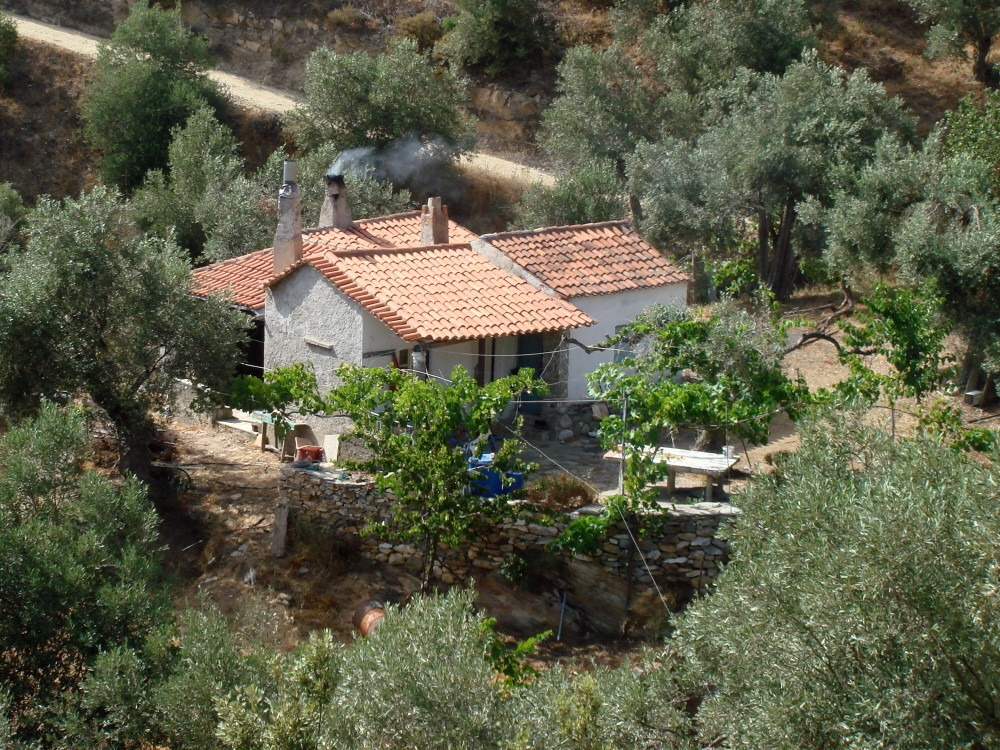Olive oil and the fallacy of composition
 A bumper olive crop in Spain would seem to be good news for Spanish olive growers. But the effect has been a fall in the prices of olives and olive oil. With 43% of the global supply, Spain is the world’s largest olive oil producer and changes in Spanish output have a big effect on the world price.
A bumper olive crop in Spain would seem to be good news for Spanish olive growers. But the effect has been a fall in the prices of olives and olive oil. With 43% of the global supply, Spain is the world’s largest olive oil producer and changes in Spanish output have a big effect on the world price.
Premium extra virgin olive oil has fallen to its lowest level (even in nominal terms) since 2002. Today the price is around $2900 (£1850) a tonne in the wholesale market; in May 2006 it peaked at nearly $5854 – double today’s price.
And while this is bad news for Spanish farmers, for farmers in countries without bumper harvests, the low prices are even harder to bear.
The problem is being exacerbated by a fall in demand in many countries currently suffering recession, such as Greece, Portugal and Italy – all big olive oil consumers. Although olive oil prices have fallen, it is still more expensive than various substitutes. Many people are thus buying these cheaper alternatives, such as sunflower oil, especially for cooking.
What is more, cheaper substitutes for olive oil are increasing in supply. Take the case of rape seed oil in the UK. As the Mail Online article, linked to below, reports:
“UK rape planting is thought to have hit an all-time high this year as British farmers take advantage of the high prices being demanded for rapeseed – base ingredient of many vegetable oils and other edible oils.
Much of the UK crop is used by the local food industry, although some analysts are predicting strong UK yields will give farmers the opportunity to export more to Europe. Because of rising export demand, oil users in the UK claim there is little to indicate the price they are paying for rapeseed oil will drop substantially in the near future.”
The market for olive oil is global. Crop yields in one part of the world, both of olives and of substitute crops, affect global prices and hence growers’ incomes worldwide.
Webcast Debt hit countries suffer from olive oil price dip Euronews (28/5/12)
Debt hit countries suffer from olive oil price dip Euronews (28/5/12)
News articles
Olive oil price slides as glut hits southern Europe Gulf News, Javier Blas (29/5/12)
Farmers feel squeeze as olive oil price slips The National, Gregor Stuart Hunter (29/5/12)
Olive oil surplus adds to economic pain in Spain The Week (29/5/12)
Olive oil price fall brings further pain for Spain, Italy and Greece The Telegraph (28/5/12)
Pass notes No 3183: Olive oil Guardian (28/5/12)
More Storage Aid for Virgin Olive Oil Olive Oil Times, Julie Butler (17/5/12)
Yellow Britain from the air: Rapeseed’s relentless march across the country pictured in vivid colour as farmers cash in after price of crop’s oil soars Mail Online, Sean Poulter (29/5/12)
Data
Commodity Prices Index Mundi
Olive Oil, extra virgin Monthly Price – US Dollars per Metric Ton Index Mundi
Questions
- Identify the factors that have contributed to the fall in the price of olive oil. Illustrate the effects on a demand and supply diagram.
- Explain what is meant by the fallacy of composition and how it relates to a price taker, such as a farmer.
- How do the price elasticities of demand and supply of olive oil help to explain the magnitude of the price fall?
- What developments in other vegetable oils are affecting the olive oil market? What determines the magnitude of these effects?
- What actions have been taken by the EU to support the olive oil market? Is this the most appropriate policy response?
- Why are Middle Eastern olive producers unable to compete on cost with the major EU producing countries?
